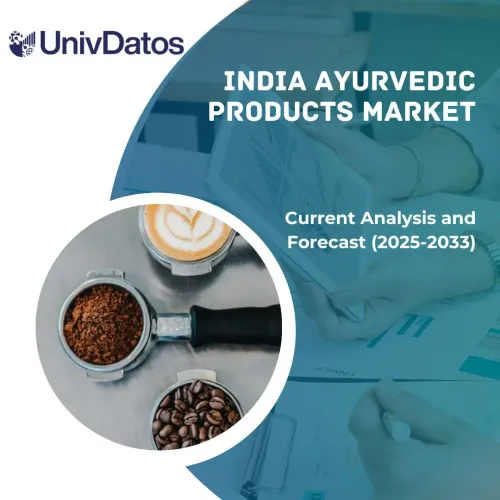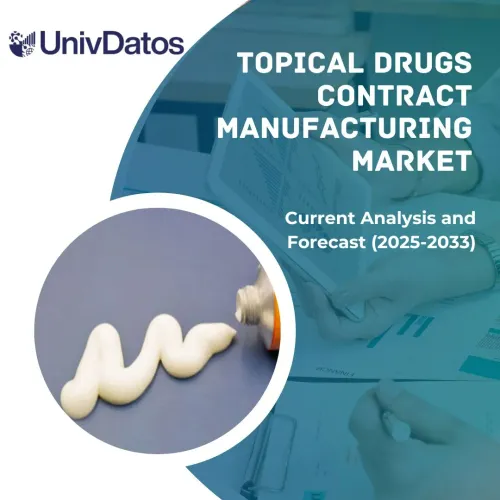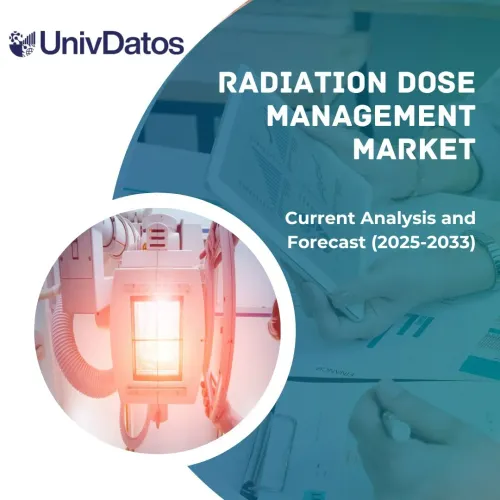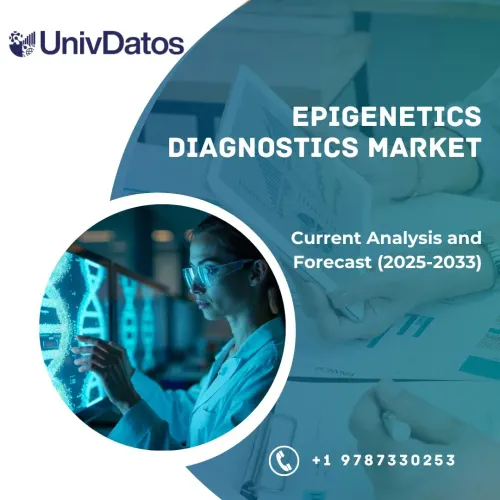- Home
- About Us
- Industry
- Services
- Reading
- Contact Us
Liquid Embolic System Market: Current Analysis and Forecast (2023-2030)
Emphasis on Type (Liquid Embolic Vials and Liquid Embolic Prefilled Injectables); Indication (Brain Arteriovenous Malformations, Tumor and Brain Cancer, Brain Aneurysm, and Others); End Users (Hospitals, Ambulatory Surgical Centers, and Others); and Region/Country
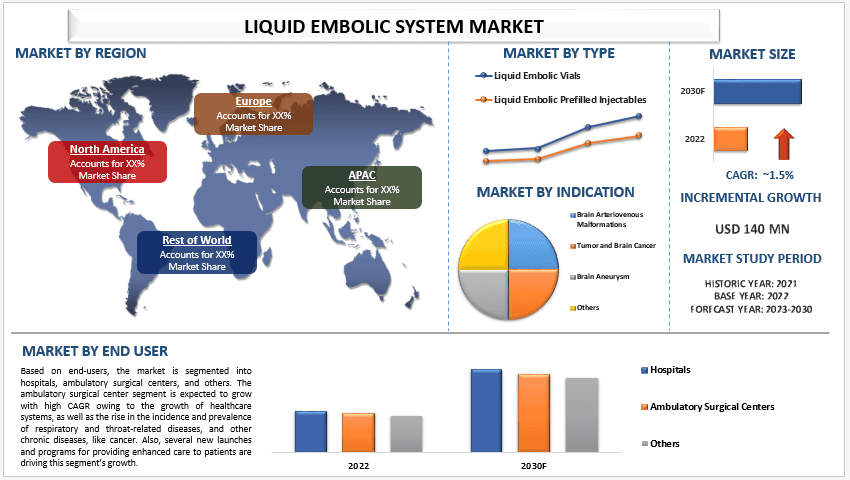
Global Liquid Embolic System Market was valued at USD 140 Million in 2022 and is expected to grow a CAGR of 1.5% during the forecast period (2023-2030). Liquid embolic system services mainly gained prominence due to the increased cases of cancer and brain aneurysm globally. In addition to this, investments in oncology departments and government awareness programs regarding chronic diseases have increased significantly in recent years, which are the key factors creating opportunities for the market. Many other factors were identified that helped propel the market in the forecast period such as the strategic collaborations between medical device companies, and the surge in awareness programs regarding chronic diseases are also driving the market’s growth. For instance, in August 2020 the World Health Assembly adopted the Global Strategy for cervical cancer elimination to eradicate cancer from society.
Medtronic; Terumo Corporation; BALT group; Johnson & Johnson Services, Inc.; Meril Life Sciences Pvt. Ltd.; Fluidx Medical Technology, Inc.; Instylla, Inc.; TheraTarget; Sirtex SIR-Spheres Pty Ltd.; NeuroSafe Medical Co., Ltd. are some of the key players in the market. Several M&As along with partnerships have been undertaken by these players to facilitate customers with hi-tech and innovative products/technologies.
Insights Presented in the Report
“Amongst type, liquid embolic prefilled injectables category to witness higher CAGR during the forecast period”
Based on type, the market is segmented into liquid embolic vials and liquid embolic prefilled injectables. The liquid embolic prefilled injectables segment is expected to grow with a high CAGR during the forecast period due to rising pharmaceutical investment and product launches. Rising cases of obesity and poor lifestyle are also driving this segment as they increase promote incidence of cardiovascular disorders among people. For instance, according to the World Obesity Federation estimates that in 2020 around 770 million adults globally were affected by obesity, and that figure is anticipated to exceed one billion by 2030. Hence, the liquid embolic prefilled injectables category is expected to witness a higher CAGR during the forecast period in the market.
“Amongst indication, brain aneurysms held a significant share in the market in 2022”
Based on indication, the market is categorized into brain arteriovenous malformations, tumor and brain cancer, brain aneurysm, and others. The brain aneurysm segment held a significant share of the market in 2022 owing to rising cases of brain arteriovenous malformations. Rising genetic abnormalities and lack of awareness about the disease are also a driving factor for this segment. For instance, in April 2022, according to the National Institutes of Health, due to a lack of patient education about cerebral aneurysms, 10% of patients die before even reaching the emergency department. Thus, the brain aneurysms segment held a significant share of the market in 2022.
“Amongst end users, the ambulatory surgical centers segment to grow with high CAGR during the forecast period”
Based on end-users, the market is segmented into hospitals, ambulatory surgical centers, and others. The ambulatory surgical center segment is expected to grow with high CAGR owing to the growth of healthcare systems, as well as the rise in the incidence and prevalence of respiratory and throat-related diseases, and other chronic diseases, like cancer. Also, several new launches and programs for providing enhanced care to patients are driving this segment’s growth. A prime example of this is the launch of the Walgreens Find Care specialty pharmacy program in June 2020 by Walgreens Boots Alliance, which is intended to provide individualized care to those with rare and chronic conditions. Thus, amongst end-users, the ambulatory surgical centers segment is expected to grow at a significant rate in the forecast period.
“Amongst regions, North America held a significant share of the market in 2022”
For a better understanding of the market adoption of a liquid embolic system, the market is analyzed based on its worldwide presence in countries such as North America (U.S., Canada, and Rest of North America), Europe (Germany, U.K., France, Spain, Italy, Rest of Europe), Asia-Pacific (China, Japan, India, Rest of Asia-Pacific), Rest of World. North America is dominating the market in the current scenario of 2022 due to the rising number of investments in developing effective liquid embolic systems. Government organizations are initiating chronic disease awareness programs to provide efficient care to patients. For example, according to the Globocan 2020 report, an estimated 2,281,658 new cancer cases were diagnosed in the U.S. in 2020. Thus, amongst regions, North America held a significant share of the market in 2022.
Liquid Embolic System Market Report Coverage
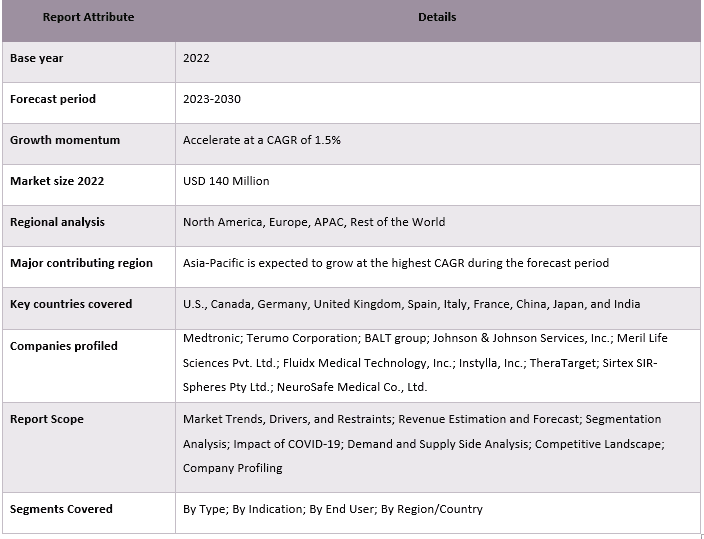
Reasons to buy this report:
- The study includes market sizing and forecasting analysis validated by authenticated key industry experts.
- The report presents a quick review of overall industry performance at one glance.
- The report covers an in-depth analysis of prominent industry peers with a primary focus on key business financials, product portfolio, expansion strategies, and recent developments.
- Detailed examination of drivers, restraints, key trends, and opportunities prevailing in the industry.
- The study comprehensively covers the market across different segments.
- Deep dive regional level analysis of the industry.
Customization Options:
The global liquid embolic system market can further be customized as per the requirement or any other market segment. Besides this, UMI understands that you may have your own business needs, hence feel free to connect with us to get a report that completely suits your requirements.
Table of Content
Research Methodology for the Liquid Embolic System Market Analysis (2023-2030)
Analyzing the historical market, estimating the current market, and forecasting the future market of the global liquid embolic system market were the three major steps undertaken to create and analyze the adoption of liquid embolic system in major regions globally. Exhaustive secondary research was conducted to collect the historical market numbers and estimate the current market size. Secondly, to validate these insights, numerous findings and assumptions were taken into consideration. Moreover, exhaustive primary interviews were also conducted, with industry experts across the value chain of the global liquid embolic system market. Post assumption and validation of market numbers through primary interviews, we employed a top-down/bottom-up approach to forecasting the complete market size. Thereafter, market breakdown and data triangulation methods were adopted to estimate and analyze the market size of segments and sub-segments of the industry pertains to. Detailed methodology is explained below:
Analysis of Historical Market Size
Step 1: In-Depth Study of Secondary Sources:
Detail secondary study was conducted to obtain the historical market size of the liquid embolic system market through company internal sources such as annual reports & financial statements, performance presentations, press releases, etc., and external sources including journals, news & articles, government publications, competitor publications, sector reports, third-party database, and other credible publications.
Step 2: Market Segmentation:
After obtaining the historical market size of the liquid embolic system market, we conducted a detailed secondary analysis to gather historical market insights and share for different segments & sub-segments for major regions. Major segments are included in the report as type, indication, end users, and regions. Further country-level analyses were conducted to evaluate the overall adoption of testing models in that region.
Step 3: Factor Analysis:
After acquiring the historical market size of different segments and sub-segments, we conducted a detailed factor analysis to estimate the current market size of the liquid embolic system market. Further, we conducted factor analysis using dependent and independent variables such as type, indication, end users, and regions of the liquid embolic system. A thorough analysis was conducted for demand and supply-side scenarios considering top partnerships, mergers and acquisitions, business expansion, and product launches in the liquid embolic system market sector across the globe.
Current Market Size Estimate & Forecast
Current Market Sizing: Based on actionable insights from the above 3 steps, we arrived at the current market size, key players in the global liquid embolic system market, and market shares of the segments. All the required percentage shares split, and market breakdowns were determined using the above-mentioned secondary approach and were verified through primary interviews.
Estimation & Forecasting: For market estimation and forecast, weights were assigned to different factors including drivers & trends, restraints, and opportunities available for the stakeholders. After analyzing these factors, relevant forecasting techniques i.e., the top-down/bottom-up approach were applied to arrive at the market forecast for 2030 00for different segments and sub-segments across the major markets globally. The research methodology adopted to estimate the market size encompasses:
- The industry’s market size, in terms of revenue (USD) and the adoption rate of the liquid embolic system market across the major markets domestically
- All percentage shares, splits, and breakdowns of market segments and sub-segments
- Key players in the global liquid embolic system market in terms of products offered. Also, the growth strategies adopted by these players to compete in the fast-growing market
Market Size and Share Validation
Primary Research: In-depth interviews were conducted with the Key Opinion Leaders (KOLs) including Top Level Executives (CXO/VPs, Sales Head, Marketing Head, Operational Head, Regional Head, Country Head, etc.) across major regions. Primary research findings were then summarized, and statistical analysis was performed to prove the stated hypothesis. Inputs from primary research were consolidated with secondary findings, hence turning information into actionable insights.
Split of Primary Participants in Different Regions
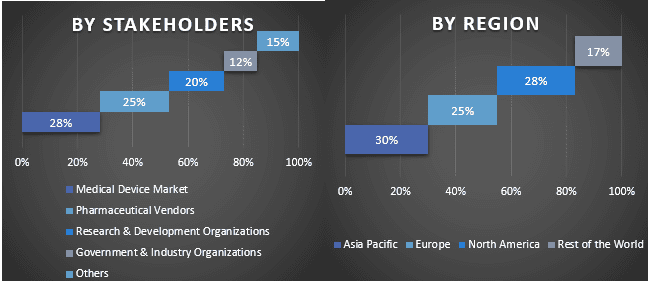
Market Engineering
The data triangulation technique was employed to complete the overall market estimation and to arrive at precise statistical numbers for each segment and sub-segment of the global liquid embolic system market. Data was split into several segments & sub-segments post studying various parameters and trends in the areas of type, indication, end users, and regions in the global liquid embolic system market.
The main objective of the Global Liquid Embolic System Market Study
The current & future market trends of the global liquid embolic system market were pinpointed in the study. Investors can gain strategic insights to base their discretion for investments on the qualitative and quantitative analysis performed in the study. Current and future market trends determined the overall attractiveness of the market at a regional level, providing a platform for the industrial participant to exploit the untapped market to benefit from a first-mover advantage. Other quantitative goals of the studies include:
- Analyze the current and forecast market size of the liquid embolic system market in terms of value (USD). Also, analyze the current and forecast market size of different segments and sub-segments
- Segments in the study include areas of type, indication, end users, and regions
- Define and analyze the regulatory framework for the liquid embolic system industry.
- Analyze the value chain involved with the presence of various intermediaries, along with analyzing customer and competitor behaviors of the industry.
- Analyze the current and forecast market size of the liquid embolic system market for the major region.
- Major countries of regions studied in the report include Asia Pacific, Europe, North America, and the Rest of the World.
- Company profiles of the liquid embolic system market and the growth strategies adopted by the market players to sustain in the fast-growing market
- Deep dive regional level analysis of the industry
Frequently Asked Questions FAQs
Q1: What is the current market size and growth potential of the liquid embolic system market?
Q2: What are the driving factors for the growth of the liquid embolic system market?
Q3: Which segment has the largest share of the liquid embolic system market by type?
Q4: What are the emerging technologies and trends in the liquid embolic system market?
Q5: Which region will dominate the liquid embolic system market?
Q6: Who are the key players operating in the liquid embolic system market?
Related Reports
Customers who bought this item also bought

